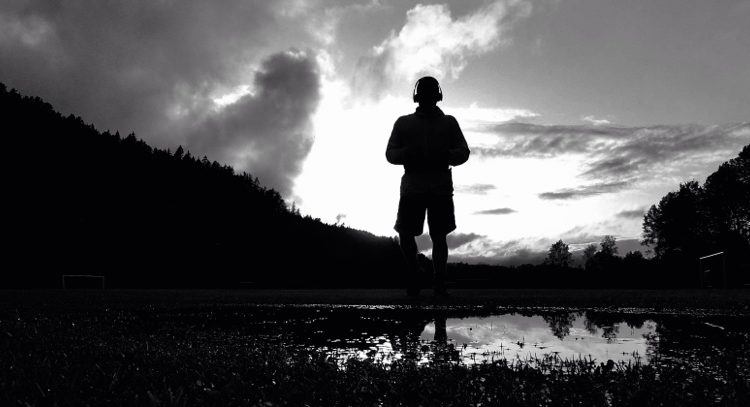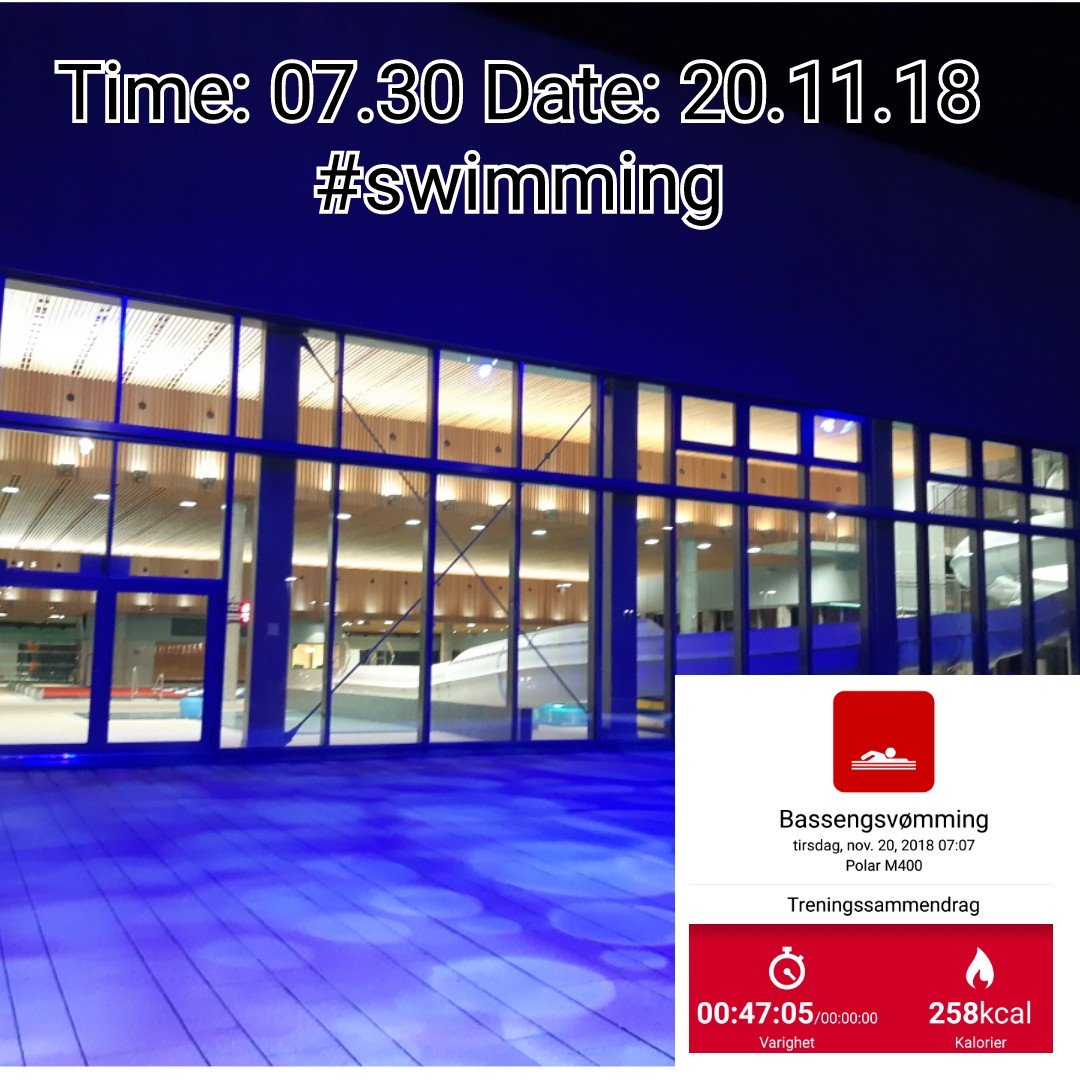




Category: Training

Running in red mud today _ _ _ ?♂️ ?♂️ ?♂️ #training #health #UpFromTheSofa #SweatoutAlcoholfromFriday

10 km today on FC Greyleg Stadion (Gråbein IL)
Zone 2
Goal: 50 min on 10 km in Oktober
BirkVasa
- 2 eller 3 dager ?
- Start i Norge eller Sverige?
- Avslutte på Sjusjøen
Kondis: Skal jeg trener intervall og/eller hard og få ganger og/eller mye rolig og lang #training

En som kaller seg Grr spurte på www.terrengsykkel.no
Spørsmålet:
Øke utholdenheten, er virkelig sone 1 veien å gå?
grr Offline Ivrig Registrert: 12/05/2013
Innlegg: 1523
Er amatør og nyfrelst syklist, for å gi idé om nivået så har jeg ligget 25-30% over eliten sin vinnertid i noen lokale ritt i det siste, men sliter med krampetendenser, og skulle gjerne ha økt utholdenheten. Jeg føler jeg har masse å gå på (sikkert fordi jeg ikke er andpusten), men kjenner at muskulaturen får nok etter noen mil med hardkjør.
Neste delmål er Nordsjørittet om tre uker, og selv om det er kort tid å korrigere treningen på, så må jeg prøve å gjøre de riktige tingene. Har lest at turene skal være rolige for å øke utholdenheten, og har kjørt en del rolig i det siste, men så kom jeg inn på en side på Strava i går som viste meg gårsdagens landeveistur på denne måten:
Er det virkelig tilfelle at jeg må/skal ligge under 110 i puls i time etter time for å øke utholdenheten? Det er jo så enormt lav intensitet at jeg har problemer med å tro på det? Sliter jo allerede med at jeg ikke blir varm på turer som i går, hvor jeg lå på 124 i snittpuls (ca. 30km/t).
All logikk i hodet mitt tilsier at det ville være bedre å kjøre fem harde turer på 10 mil enn fem så rolige turer?
En som kaller seg Hoaas kom med det svaret jeg likte best, og som jeg lærte mest av, og som ligner veldig på føringene fra noen i Olympiatioppen:
Her er svaret:
Hoaas Offline Søk hjelp! Registrert: 16/07/2013
Innlegg: 7813 Sted: Alta
Har skrevet en del innlegg angående dette på forumet her. Etter råd fra flere “eksperter” på området la jeg om treninga til 80% i sone 1-2 og 20% intervall i sone 3-4-5. Har typisk èn økt i uka med intervall, resten er rolig, snittpuls i sone 1. Før dette trente jeg mye variert intervall, med 1-2 langturer i sone 3. Etter et år med intervaller målte jeg vo2 maks, målte 55. La om treninga der og da, etter 4mnd med roligere trening målte jeg 61. Om det fungerer like godt for alle er ikke godt å si, men at det fungerer er det ingen tvil om.
Folk generelt tror man må ha høy puls for å forbedre kondisen, dette stemmer ikke. Rolig trening legger grunnlaget for intervalløktene, rolig trening bygger motor, intervaller bygger kjørestyrke og fart.
Andre ting er at rolig trening forebygger skader, og produserer kappilærårer som gjør at musklene kan transportere mer blod og oksygen.
Dessuten trener de fleste av oss for å yte over tid, ikke sprint. Skal du yte på ritt som f.eks birken, offroadfinnmark o.l. nytter det ikke å kjøre en til halvannen time intervall 5-6 ganger i uka å tro at man får kjempekondis.
You are what you ea…mmm nuts
The Only Strength Exercises You’ll Ever Need | HuffPost Life
Source: The Only Strength Exercises You’ll Ever Need | HuffPost Life
Co-written by Andrew Heffernan, co-author of The Exercise Cure (Rodale, 2013)
Big box gyms pride themselves on having lots of equipment — specifically, vaguely medieval-looking contraptions you strap yourself into and lift stacks of weighted bricks by pushing, pulling, squeezing, extending or flexing various parts of yourself against a platform or a lever arm.
For a newcomer to the gym, though, all that machinery can be awfully confusing. Do I get on the machine where I sit and push the pads outwards with my knees — or the one where I push them inward? Or both? And then what do I do? A person could waste a lot of time wondering such things.
The machine/free weight debate is something I’ll take up in another blog post — though I will say here that the people who modeled for all the classical statues many consider the standard for physical beauty never met a Butt-Blaster. Here instead I want to boil down strength training into five simple types of exercise you should be doing in the gym.
Here they are: plank, pull, squat, push, lunge. Do those five moves and you can go home knowing you’ve worked your entire body effectively — no innie-outie machine required.
Taking those things in the order you should do them in the gym:
• A plank is a ramrod straight top-of-a-pushup position, usually done on your elbows and held for time. Think you’re straight enough? Get in front of a mirror and you’ll see your hips are too high. Now squeeze your belly and hold it. 30 seconds too easy? Try it with one leg lifted. Still easy? Lift the opposite arm as well. If that’s easy, it may not be too late for the 2016 Olympic trials. I’ll be rooting for you.
• A pull is a move where you take hold of something and pull it towards your chest or abdomen: a row. A pulldown. A pull-up or chin-up. Often neglected, these moves — especially row variations — are a major key to improving posture and keeping your shoulders healthy. Do them.
• A squat is a squat is a squat. Gym class-style, bodyweight only, is fine, just make sure you drop down to a point where the tops of your thighs are parallel with the floor. Do it holding two dumbbells. Do it with a jump at the top. Then with a barbell on your shoulders, in front or behind your head. Good form is imperative. Get some coaching on this one from that bored-looking trainer wandering the floor. Seriously, that guy needs something to do.
• A push is anything where you… wait for it… push something away from you. (I hope you’re taking notes.) Two dumbbells overhead. One barbell while lying on your back — aka the ever-ego-boosting bench press. Yourself, off the floor, with your body straight (as in a pushup!). If you’re really diesel, try the handstand pushup.
• A lunge is a lot like a squat, only your feet are in a staggered position, one in front of the other. Do them walking, or with your feet planted, or holding light dumbbells, or your grandchild on your shoulders. Don’t let you front knee buckle inward. Keep your form tight, like a Renaissance courtier bowing to royalty.
Those five moves will do it for you. Pretty soon you’ll be able to stroll confidently past all those machines at the gym knowing that all of them are just variations on those five simple moves you’ve now mastered. See something that isn’t? You probably don’t need it. Good luck!
Superbest place to skate #outdoors in #Asker #Buskerud






